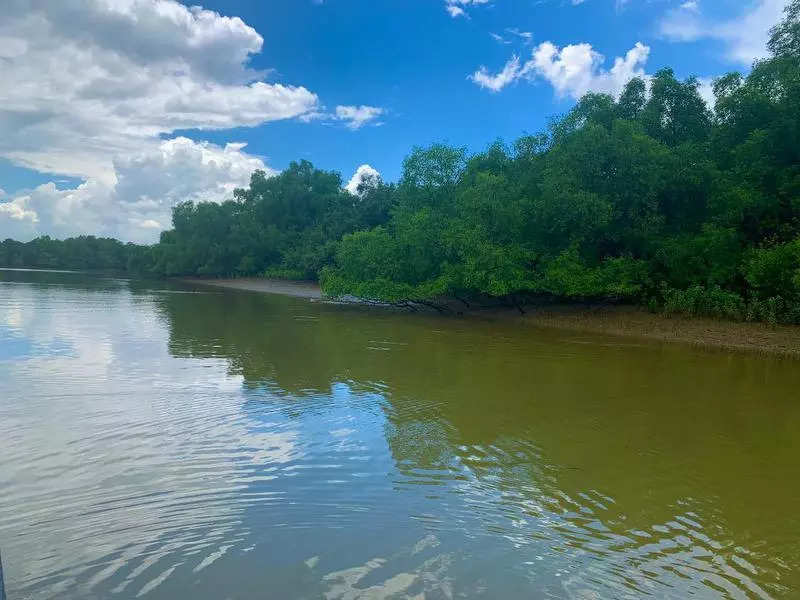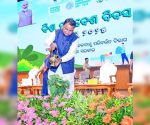Steps Taken to Protect Odisha’s Coastline from Cyclones and Preserve Biodiversity | Bhubaneswar News

Kendrapada: Minister of state for environment, forest and climate change Kirti Vardhan Singh informed Lok Sabha Monday about comprehensive measures being implemented to protect Odisha’s coastal biodiversity and mitigate cyclone impacts.
In response to Avimanyu Sethi’s question, Singh highlighted the collaboration between the Centre and state govts through the Integrated Coastal Zone Management Project (ICZMP). The project focuses on mangrove rehabilitation in regions like Bhitarkanika and Baitarani delta.
The state govt has developed the Odisha Sustainable Development Goals Indicator Framework (OSIF) to monitor achievement of Sustainable Development Goals (SDGs). Key indicators include changes in mangrove areas, marine protected areas, and conservation of local wildlife species.
Biodiversity conservation efforts are evaluated through various metrics, including species diversity and abundance surveys, population trends of endangered species like Olive Ridley turtles, Irrawaddy dolphins, and horseshoe crabs, documentation through people’s biodiversity register, among others.
Major initiatives implemented include National Mission on Sustainable Habitat, Green India Mission, Amrit Dharohar, Mangrove Initiative for Shoreline Habitats and compensatory Afforestation Fund Management, among others.
The comprehensive approach involves monitoring both marine and terrestrial ecosystems while engaging local communities in conservation efforts. These initiatives aim to create a sustainable balance between environmental protection and coastal development in Odisha.
In response to Avimanyu Sethi’s question, Singh highlighted the collaboration between the Centre and state govts through the Integrated Coastal Zone Management Project (ICZMP). The project focuses on mangrove rehabilitation in regions like Bhitarkanika and Baitarani delta.
The state govt has developed the Odisha Sustainable Development Goals Indicator Framework (OSIF) to monitor achievement of Sustainable Development Goals (SDGs). Key indicators include changes in mangrove areas, marine protected areas, and conservation of local wildlife species.
Biodiversity conservation efforts are evaluated through various metrics, including species diversity and abundance surveys, population trends of endangered species like Olive Ridley turtles, Irrawaddy dolphins, and horseshoe crabs, documentation through people’s biodiversity register, among others.
Major initiatives implemented include National Mission on Sustainable Habitat, Green India Mission, Amrit Dharohar, Mangrove Initiative for Shoreline Habitats and compensatory Afforestation Fund Management, among others.
The comprehensive approach involves monitoring both marine and terrestrial ecosystems while engaging local communities in conservation efforts. These initiatives aim to create a sustainable balance between environmental protection and coastal development in Odisha.
















